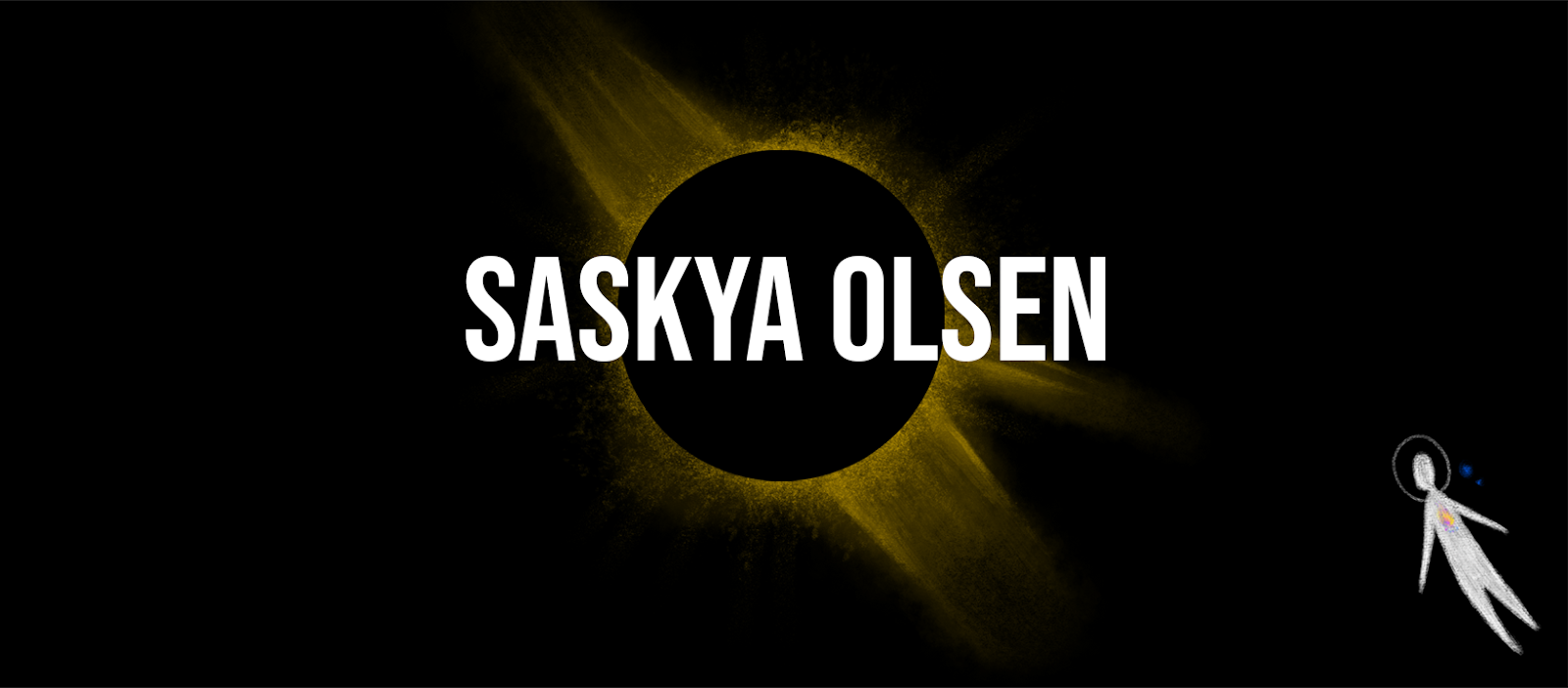Toolkit 2: Facial Animation Parts 1, 2 & 3
Jaw Bounce
Facial movement is motivated by muscles (primary movement). Movement is also influenced by the two hemispheres of the face; northern is associated with thoughts, whereas southern is associated with feelings. Eyebrow movement is motivated and lead by the inner corner closest to the nose. For the eyes, it's important they focus by looking straight forward. Looking at an outward angle can make a character look lifeless.
The basic lip syncing process involves;
- Jaw bounce
- Add phonemes/ Visemes
- Open/ close shapes
- Tongue movement
Phonemes are basic mouth shapes that 'eat words'.
Visemes are the in-betweens of two mouth shapes.
Phonetics is the study of sounds in all languages.
Phonology is the study of the phonetic sounds in a scientific language (context).
Above, shows the first stage of the lip syncing process. I used the master mouth control to create basic puppet-mouth movement for initial structure. The next stage involves adding the phonemes, which will distinguish how the mouth makes different shapes for different sounds.
Phoneme, Visemes and Tongue
Developing on from part 1, this session focuses on the skin around the characters' mouth, articulating the basic mouth shapes already keyed in part 1.
To achieve the above outcome, I focused on the centre mouth control; stretching and squishing the mouth corners, as well as pushing and pulling the lips. At this stage, syllables became clearer and mistakes from the first stage can be identified and fixed.
Above, the outcome from a different angle. This playblast shows clearer tongue movement, most pronounced on T's. I also applied subtle cheek inflation on exaggerated syllables, such as the P in "predator" and D in "doctors".

Comments